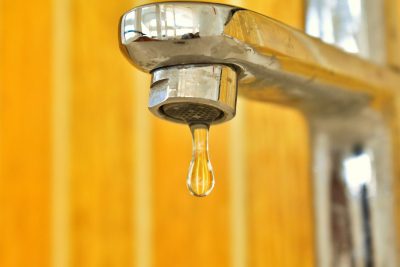Knowing the Difference between Routine and Emergency Maintenance Requests
 Being a responsible property manager means responding to your tenant’s emergency maintenance and repair requests promptly, so here are some tips from Keepe, the on-demand maintenance and repair company.
Being a responsible property manager means responding to your tenant’s emergency maintenance and repair requests promptly, so here are some tips from Keepe, the on-demand maintenance and repair company.
Every property manager’s priority is to keep the property in its best condition to make sure the tenants are happy and satisfied. This will add value to their stay and motivate them to stay longer.
But when they make these requests, how would you classify which are emergency maintenance and which are simple repair maintenance requests? Knowing how to respond to each type of maintenance request will both save you money and improve your tenants’ satisfaction rate.
What’s the Difference between Emergency Maintenance and Repair Maintenance?
Tenants should also be aware of what type of request they send to you. Some tenants think that all requests they make are emergencies. Both of you should have a clear understanding of what is an emergency repair and what is a maintenance request. That way, issues like a broken doorknob or a toilet that won’t flush are categorized properly and necessary actions are done. This will also save you time, as you know what is a priority issue and a when there is a need for a contractor to be dispatched.
Routine/Non-Urgent Maintenance Requests
Routine maintenance requests are issues that are non-urgent and can be handled during normal business hours. Routine maintenance issues can include:
- Slow-draining tub or sink
- Running toilet
- Backed-up shower diverter
- Blinds won’t open/close properly
- Burner on the stove isn’t working
Because these issues don’t threaten the health or safety of your tenants, there’s no need to treat them like an emergency. You’ll want to get them taken care of quickly, but there’s no need to deal with them immediately or outside of your normal business hours (so if a tenant calls at 11 p.m. and wants someone to fix their blinds, don’t worry — it can wait until the morning).
Emergency Maintenance Requests
Emergency maintenance requests are the maintenance issues that can place your tenants in harm’s way — and they need to be dealt with immediately, whether they happen at 2 p.m. on a Tuesday or 2 a.m. on a Saturday. Emergency maintenance issues can include:
- Flooding
- Fire
- Inoperable windows (which could prevent the tenant from escaping in an emergency)
- Broken or inoperable door locks
- Gas leaks
- Electrical issues
If your tenant makes you aware of any of these issues, it’s imperative for you to deal with them immediately and ensure your tenants are safe.
Final Thoughts
There are more items that could be added to these lists. As a responsible property manager, you have to make sure that your rental property is habitable – and you should check your local requirements of what that means. You should prioritize emergency maintenance requests that can cause any health and safety concerns, as well as damage to your property.
Routine maintenance inspection of the property at least every six months can help lessen the unexpected tenant calls. Be mindful of the changing season, too. For example, in the winter seasons, inspect door and window seals properly and make sure your property sidewalks are safe.
Source: rentalhousingjournal.com















 Accessibility
Accessibility